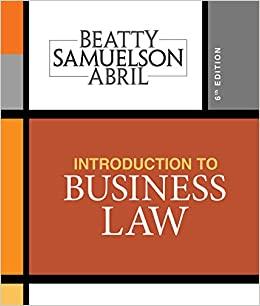Question
Q. Suppose that the attribute fraction is 50%. This means that: The relative risk is 50% Among those who are exposed, 1 in 2 outcomes
Q. Suppose that the attribute fraction is 50%. This means that:
- The relative risk is 50%
- Among those who are exposed, 1 in 2 outcomes are due to the exposure
- Among the population, 1 in 2 outcomes are due to exposure
- The prevalence of exposure is 50% in the population
Q. A cohort study investigated the association between having a vegetarian diet and mortality from any cause. There were 10,000 people who had a vegetarian diet who were followed up for 60,000 person-years in total. There were 25,000 people who had a non-vegetarian diet who were followed up for 1500,000 person-years in total. There were 480 deaths among the people with a vegetarian diet and 18,000 deaths among those with anon-vegetarian diet. This means that the rate ratio for death comparing those with a vegetarian diet to those with a non-vegetarian diet was:
- 1.5, meaning the rate of death was 50% higher among those with a vegetarian diet
- 0.67, meaning the rate of death was 33% lower among those with a non-vegetarian diet
- 0.03, meaning the rate of deaths was 97% lower among those with a vegetarian diet
- 37.5, meaning the rate of deaths was 3650% higher among those with a vegetarian diet
Q. If the prevalence of an exposure increases and the strength of the association between that exposure and the outcome is constant (that is, does not change), which of the following statements about the population attributable fraction is true?
a. We cannot determine the effect on the population attributable fraction
b. The population attribute fraction will increase
c. The population attributable fraction will decrease.
d. The population attributable fraction will stay the same.
Step by Step Solution
There are 3 Steps involved in it
Step: 1

Get Instant Access to Expert-Tailored Solutions
See step-by-step solutions with expert insights and AI powered tools for academic success
Step: 2

Step: 3

Ace Your Homework with AI
Get the answers you need in no time with our AI-driven, step-by-step assistance
Get Started


